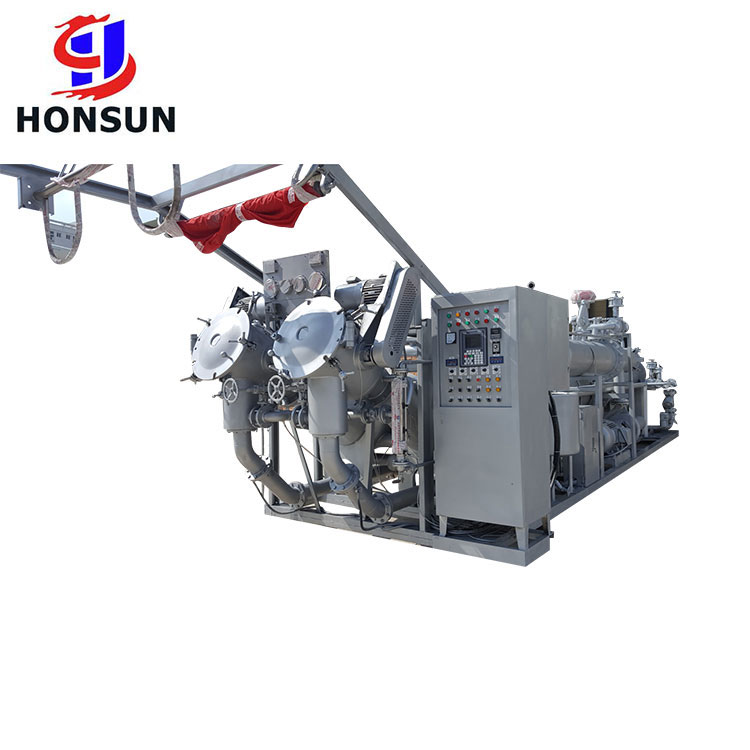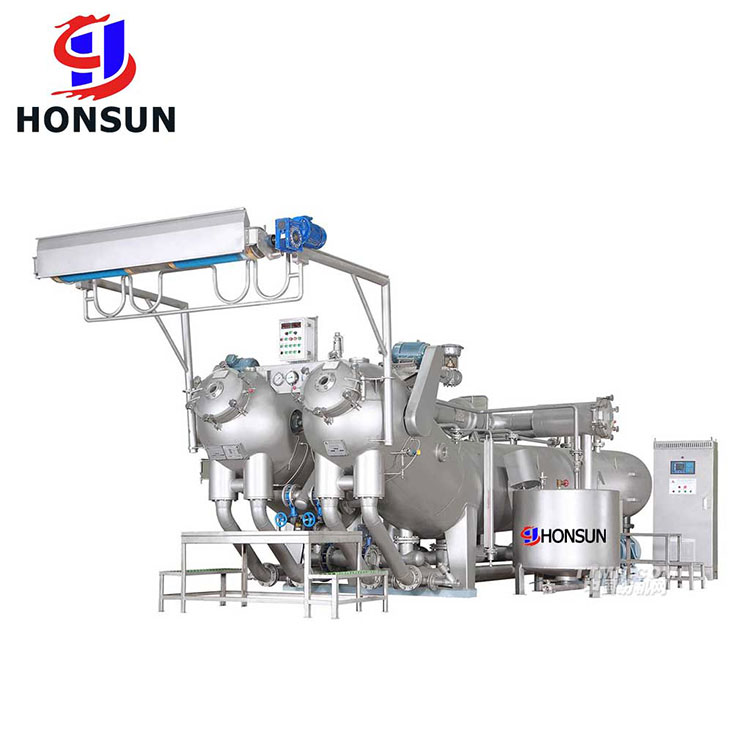- English
- Español
- Português
- русский
- Français
- 日本語
- Deutsch
- tiếng Việt
- Italiano
- Nederlands
- ภาษาไทย
- Polski
- 한국어
- Svenska
- magyar
- Malay
- বাংলা ভাষার
- Dansk
- Suomi
- हिन्दी
- Pilipino
- Türkçe
- Gaeilge
- العربية
- Indonesia
- Norsk
- تمل
- český
- ελληνικά
- український
- Javanese
- فارسی
- தமிழ்
- తెలుగు
- नेपाली
- Burmese
- български
- ລາວ
- Latine
- Қазақша
- Euskal
- Azərbaycan
- Slovenský jazyk
- Македонски
- Lietuvos
- Eesti Keel
- Română
- Slovenski
- मराठी
- Srpski језик
What are the best methods for cleaning residual dye from a dyeing machine?
2025-10-14
After each dyeing operation, dye and dye particles are often left in the dye vat, pipes, and nozzles. If not cleaned thoroughly, the next dyeing cycle can result in small spots of color on the fabric, uneven coloring, or even staining of the new fabric, affecting product quality. Many dyers assume that simply rinsing with hot water will suffice. However, residual dye is particularly prone to sticking to the machine's interior, especially stubborn residue from long-term use. Simply rinsing is ineffective, so the right method is crucial.

Hot Water Circulation Wash
If only minor residual dye residue is present, a hot water circulation wash is sufficient. This method is simple to use and requires minimal additional chemicals, making it ideal for daily cleaning. First, drain all remaining dye from the dyeing machine. Then, add 80-90°C hot water, ensuring that the water is sufficient to cover any remaining residue in the vat and circulate smoothly through the pipes and nozzles. Next, activate the equipment's agitation or circulation system and allow the hot water to circulate in the dye vat for 30 to 40 minutes. The high temperature softens and dissolves any dye residue, allowing it to be drained away with the circulating water.
Chemical Cleaning
If the dyeing machine has been used for dark, high-concentration dyes, or if it hasn't been thoroughly cleaned for a long time, the residue has caked on. Hot water alone is not enough, and chemical cleaning agents are necessary. When choosing a cleaning agent, consider the equipment material and the type of residual dye; don't use them randomly. Commonly used cleaning agents include alkaline cleaning agents and surfactants. For example, for residue left over from reactive dyes, use a 1%-2% sodium hydroxide solution mixed with a 0.5% surfactant. Pour the mixture into the dyeing machine, heat it to 70-80°C, and circulate it for 40-60 minutes. The alkaline solution breaks down the dye structure, dissolving stubborn residue, while the surfactant enhances the cleaning effect, removing dissolved dye particles. However, if the dyeing machine's dye vat is stainless steel, avoid using too high a concentration of alkaline cleaning agent or soaking the dye for too long, as this will corrode the stainless steel and cause the equipment to rust. If dyeing with acid dyes, avoid using alkaline cleaning agents and switch to a weakly acidic citric acid solution. Otherwise, the acid-base reaction will produce new impurities, further complicating matters.

High-Pressure Spray
Dyeing machines with specialized structures like nozzles and creels have numerous gaps that cannot be reached with standard circulating cleaning. Disassembly and cleaning, combined with high-pressure spraying, are essential for thorough cleaning. However, when disassembling, be sure to remember the correct installation position of each component, such as the nozzle seal and the creel fixing screws. After disassembly, separate them to avoid incorrect installation, which could cause leaks or malfunctions. Additionally, if small components, such as seals and filters, appear worn or deteriorate, replace them immediately. Otherwise, even after cleaning, residue may accumulate during the next use due to poor sealing.After cleaning, be sure to inspect and maintain them to prevent recurrence of residue.
Always inspect.
After each cleaning of the dyeing machine, first inspect the inside of the dye vat for obvious stains or dye particles. Wipe with a clean white cloth. If no color remains, it's clean. Next, check the pipes and nozzles. Run the machine to circulate clean water and check for smooth water flow and blockages. If the nozzles are uneven, it indicates residual dye and requires re-cleaning. After cleaning, drain the machine thoroughly, especially the drain outlet at the lowest point in the pipe. Be sure to open the valve to drain any remaining water. Otherwise, dye residue from the accumulated water will adhere to the pipe walls, creating residue the next time you use it.




